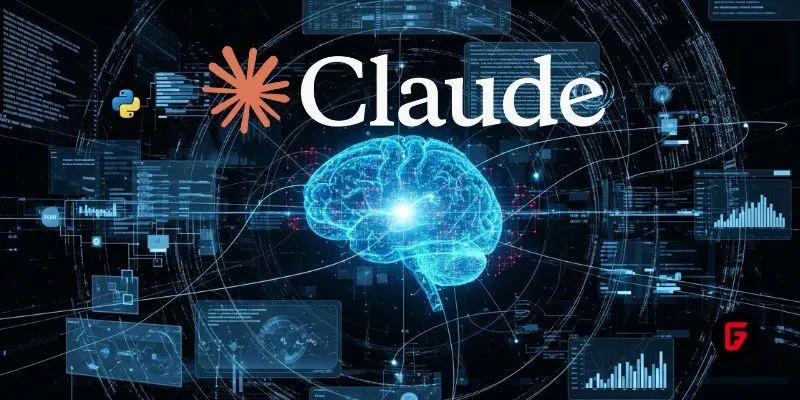What’s New in Claude Opus 4.1?
Anthropic has just released Claude Opus 4.1, and while it might sound like a minor version bump, this is a pivotal moment in enterprise AI. The model now sets a fresh benchmark for coding accuracy at 74.5% on the SWE-bench Verified test—leapfrogging its predecessor and even high-profile competitors such as OpenAI’s o3 and Google’s Gemini 2.5 Pro.
The timing? Not a coincidence. With the world watching the imminent rollout of OpenAI’s GPT-5, Anthropic’s move is a clear signal: the company intends to stay at the bleeding edge of AI-driven coding and intelligent agents.
How Does Claude Opus 4.1 Improve Real-World Coding?
Multi-file code refactoring: GitHub and enterprise users have noticed massive gains—Claude 4.1 can overhaul entire codebases with surgical precision.
Accurate bug fixes: Rakuten’s engineering team highlighted that Opus 4.1 finds and fixes exact errors, often with zero extraneous changes or new bugs introduced.
Impressive for developers: Windsurf’s junior developer assessments found a “one standard deviation” improvement versus Opus 4, similar to the last major leap between Sonnet 3.7 and Sonnet 4.
Context mastery: The model keeps track of details better across workflows, meaning whether you’re debugging or adding new features, context isn’t lost mid-stream.
Why Is Anthropic Racing the Clock With This Release?
By launching just before GPT-5, Anthropic is reminding the industry it leads not just in model quality, but in shipping what matters to large-scale enterprises now.
Anthropic’s revenue has soared from $1 billion to $5 billion in just seven months, with most API revenue coming from major clients like Cursor and GitHub Copilot.
There’s risk in this concentration, and with OpenAI’s next move inbound, Anthropic is shoring up loyalty in the critical coding market.
The new release comes with even stricter safety protocols, fallbacks against model misuse, and resistance to prompt-injection attacks, crucial for adoption by cautious enterprises.
What Else Sets Opus 4.1 Apart for Tech Companies?
Hybrid reasoning: It handles both rapid-response and “extended thinking” modes, suitable for anything from quick questions to days-long engineering projects.
Detailed agentic tasks: Opus 4.1 cracks challenges that require reasoning over thousands of steps, a must for next-gen coding assistants and workflow automation.
High output capacity: With support for up to 32,000 output tokens, it’s built for truly large-scale projects or document generation needs.
Still premium-priced: At $15 per million input tokens and $75 per million output tokens, Claude Opus 4.1 remains one of the most expensive AI options available but justifies this with its targeted enterprise gains.
How Safe Is the Model for Enterprises?
Anthropic keeps Opus 4.1 under its highest AI Safety Level (ASL-3) standard.
Safety and harmlessness scores have improved, with refusal of harmful prompts at nearly 99% and no noticeable regressions in bias or child safety categories.
This is a model explicitly designed for business-critical deployments, striking a rare balance between performance and protection.
What Does This Mean for Businesses and Developers?
In short, Claude Opus 4.1 is now the tool to beat for enterprise coding tasks, agentic workflows, and situations where context and precision matter. As the AI arms race intensifies—with GPT-5 on the horizon and Anthropic already promising “larger leaps” in the coming weeks—this is a defining moment for those building, automating, and leading with advanced tech.














